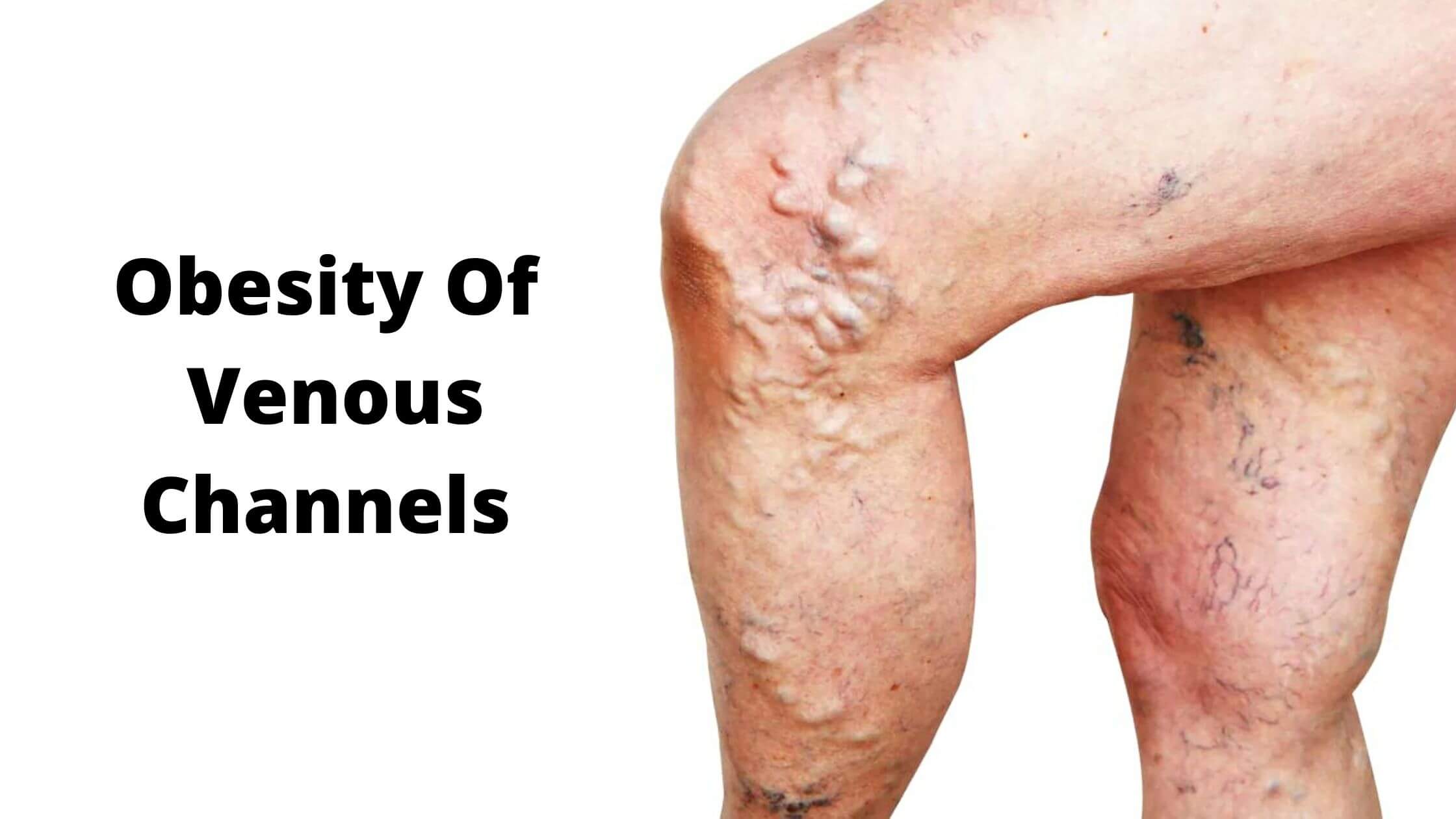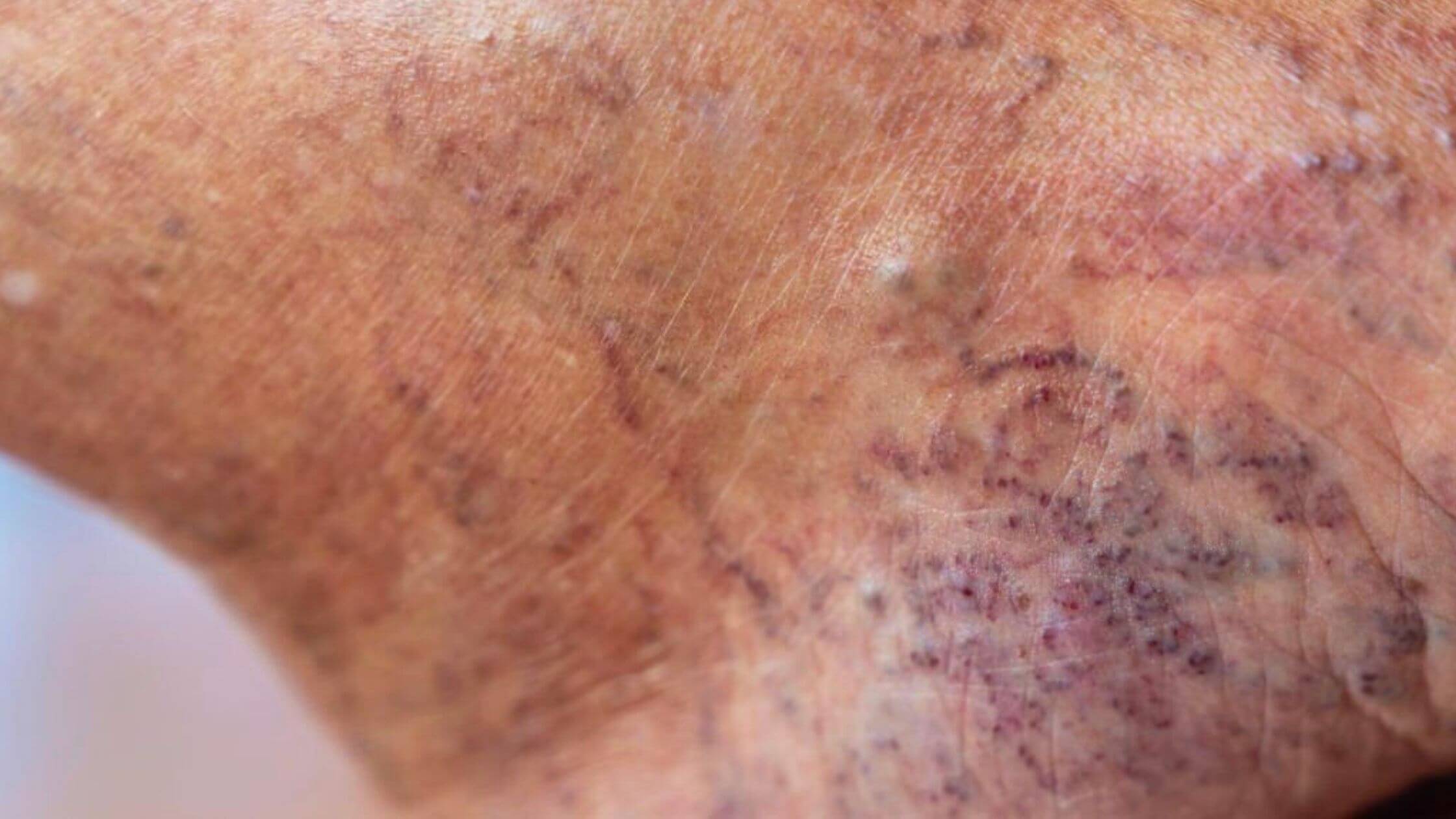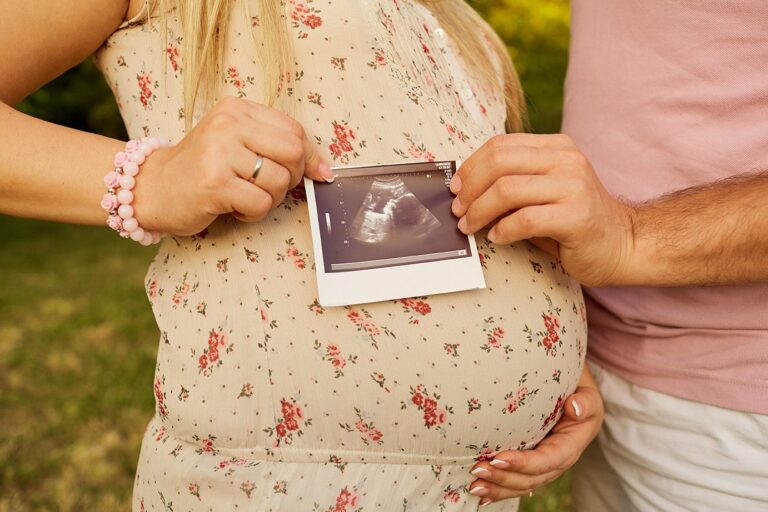Obesity Of Venous Channels- Causes, Symptoms, And Treatments

Venous channels transport blood from various regions of the body to the heart.
When these channels become obstructed, it can lead to a condition called Obesity of Venous Channels. This can cause many symptoms, including swelling and pain in the affected area.
If you are experiencing any of these symptoms, it is important to see a doctor right away.
What Are The Causes, Symptoms, And Treatment Of Obesity Of Venous Channels?
Here, we will discuss the causes and symptoms of obesity of venous channels and treatment options.

Causes
Obesity of venous channels causes expansion of the wall, thinning, and a decrease in their resistance to blood flow, which leads to the formation of varicose veins.
Varicose veins are manifested by pain, heaviness in the legs, swelling, and discomfort in the affected area.
Varicose veins can also be indicated by visible abnormalities on the skin surface (redness, dilated vessels) and chronic venous insufficiency.
Symptoms
Seven symptoms can help you realize if you have an obesity problem with the veins.
1) Swelling at the end of the day
If you notice that your legs swell at night or after a long day, this is a sign that you have a problem with vein obesity.
Your feet and ankles should be swollen and firm because there is too much blood. This does not mean that you have a disease called venous stasis, but it means that your veins are swollen at the end of the day, which can lead to other problems.
It is best to start taking care of yourself right away to avoid facing some serious problems later on.
2) Skin changes
When our skin suffers from bad blood circulation, it becomes thin and dry. In addition, rashes and other skin problems can appear. This is because the blood vessels cannot provide the necessary nutrients and oxygen to the skin cells.
If you have any of these problems, you need to see a doctor as soon as possible to rule out any serious diseases.
3) Pain in the legs
If you often feel pain in your legs, especially when walking or standing for a long time, this is another symptom of vein obesity.
The pain occurs because the veins are overloaded and can no longer perform their functions properly. This can lead to cramps, which are very unpleasant and can even prevent you from doing your daily activities.
4) Fatigue
Fatigue is another common symptom of vein obesity.
This happens because the veins cannot pump the blood properly, and it accumulates in the legs. This makes you feel tired and weak as if you have run a marathon.
If you often feel this way, you should see a doctor to rule out any other diseases that may be causing your fatigue.
5) Restless legs syndrome
If you feel discomfort and itching in your legs, especially at night, then this may be a sign of restless legs syndrome. This is a condition caused by vein obesity, and it can be very annoying.
If you have this problem, you should see a doctor to get rid of it.
6) Cramps
Cramps are another symptom of vein obesity.
They occur because the veins cannot pump the blood properly, and it accumulates in the legs. This can lead to cramps, which are very unpleasant and can even prevent you from doing your daily activities.
If you often feel this way, you should see a doctor to rule out any other diseases that may be causing your cramps.
7) Varicose veins
Varicose veins are another problem that is caused by vein obesity.
These are enlarged and twisted veins that can be seen on the skin’s surface. They are usually blue or purple, and they can be very painful.
If you have this problem, you should see a doctor to get rid of it.
Treatments
If you have any of the above symptoms, you should see a doctor as soon as possible. They will be able to diagnose your condition and prescribe the appropriate treatment.
In most cases, the treatments for vein obesity are very simple, and they do not require surgery.
The most common treatment is compression therapy, which applies compression stockings to the affected areas. This will help to reduce the swelling and pain in the legs.
In some cases, more aggressive treatments may be necessary, such as sclerotherapy or laser ablation. These procedures are usually reserved for severe cases of vein obesity.





